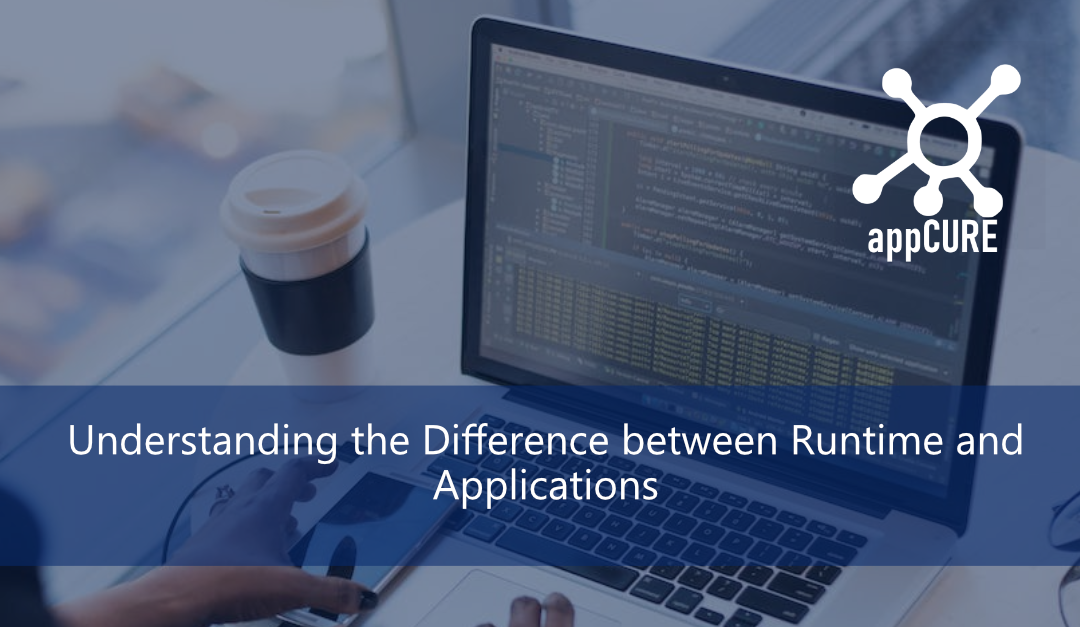One common question in the world of tech is the difference between runtime and applications. While the terms are often used interchangeably, they refer to two distinct but related elements in software development.
Runtime refers to the environment in which a program or application is executed or run. It provides the necessary support for the program to function and interact with the underlying operating system, hardware, and other programs. Examples of runtime environments include the Java Virtual Machine (JVM) for Java applications, the .NET runtime for .NET applications, and the Python interpreter for Python applications. The runtime environment acts as a bridge between the application and the underlying system, ensuring that the application can run smoothly and efficiently.
On the other hand, an application is a program that performs a specific task or set of tasks for the user. Applications can range from simple utilities and games to complex software such as word processors and graphic design tools. Applications are written in programming languages and are compiled or interpreted into machine code that the computer can execute. Applications are what the user interacts with and what they use to complete a task.
It’s important to note that runtime and applications are not mutually exclusive and that one application can have multiple runtime environments. For example, a Java application can run on multiple platforms, such as Windows, Mac, and Linux, because the JVM provides the necessary runtime environment for the application to run on each platform.
It is not mandatory to include runtime in an application installer, and some installer/packaging formats do not support runtime. This means the user may need to manually install the necessary runtime environment for the application to work. However, many applications come bundled with the required runtime environment, making it easier for the user to install and use the application.
In conclusion, runtime and applications are two distinct but closely related components in software development. The runtime environment provides the necessary support for applications to run smoothly and efficiently. In contrast, applications are programs that perform specific tasks for the user. Understanding the difference between runtime and applications is important for IT Pros, as it helps to ensure that applications are packaged, tested, and deployed correctly.
It’s important to note that, while they are distinct components, they are also very interdependent. Without a runtime environment, applications cannot be executed, and without applications, a runtime environment may not have a purpose. Additionally, the choice of runtime environment can have a significant impact on the performance, scalability, and portability of an application. Therefore, it’s crucial for developers and IT Pros to carefully consider both the runtime environment and the application deploying software.

